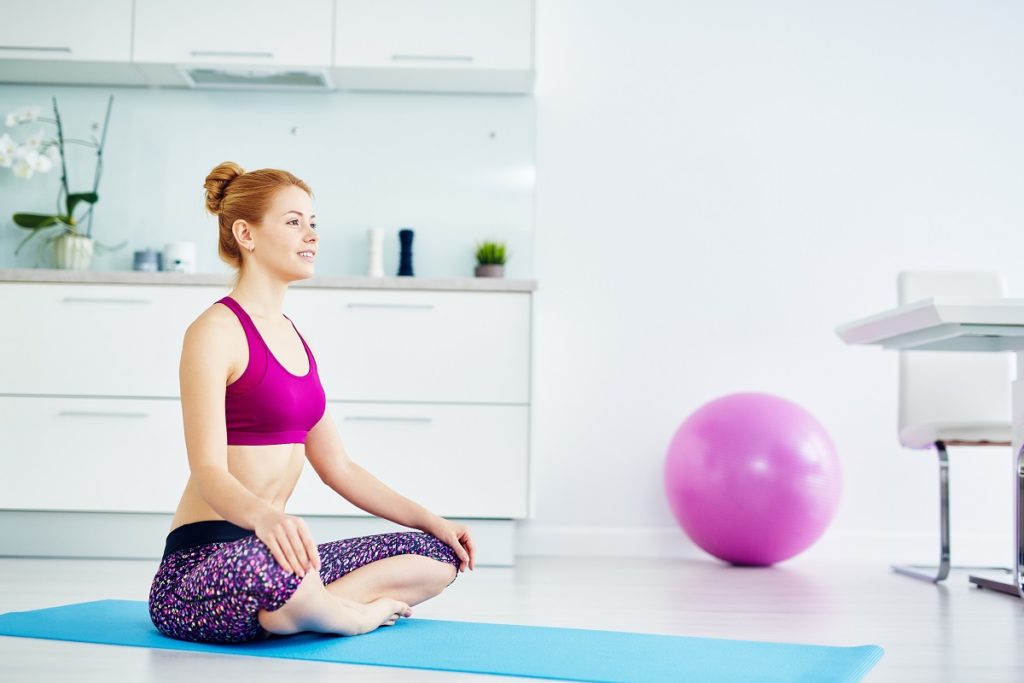At the beginning of this year, new sports facilities all over the country are opening to host various events. During that time, the sports industry is booming, with the Olympics scheduled to commence in July.
And then a pandemic hits, which quickly turned the tables for sports. Major sporting events got postponed or canceled, including the long-awaited Olympics 2020. Almost six months down the road, the U.S.A. is still far from flattening the curve, further affecting the future of sports.
But like any other economic and health crisis, the pandemic is only temporary, which we must all remember. If you own a sports complex that’s currently struggling, it remains essential to make plans on your marketing strategies. Because when the world bounces back from the pandemic, you can face a surge in new customers.
Here are some marketing tactics to consider for your next sporting event:
1. Reach Out to the Customers in Your Mailing List
If you closed your sports complex after COVID-19 was declared a pandemic, your customers are surely missing the times when they can freely play in your facility. Hence, revisit your mailing list and reach out to the customers included in it. Send updates about your business and the plans you’re making. That will rouse excitement and make your customers more eager to hear from you.
2. Survey Your Customers
Nothing can build a connection better than asking your customers for feedback and acting out their suggestions. Send out a survey to your sports fans to find out what they want or what improvements they want to see in your facility.
If you have a bowling alley, for instance, and you discover that your customers already find it dated, that’ll be an opportunity for you to update your bowling alley and attract even more customers in turn. By integrating modern features in it, expect more IG-worthy snaps and curious bowling fans.
3. Ad Campaigns

Sports brand Under Armour targeted millennial men through a campaign called Rule Yourself, which was starred by Michael Phelps. In the video, the American former competitive swimmer shared his story of preparing for the 2016 Olympics, which was his final Olympic race.
The campaign tugged at the heartstrings of its target audience, making it the most shared Olympic ad on social media. On top of that, it won an award in the Cannes Lion International Festival of Creativity.
Though adopting such a level of campaign is unlikely if you’re a small sports brand, following this example can still give you direction, and an idea on how to leverage renowned athletes to attract attendees to your event.
4. Raise Awareness
Before the 2016 World Cup, Paddy Power, a sports betting site, faked a photo of the Amazon rainforest spelling “C’MON ENGLAND” from cut-out trees. Naturally, it resulted in an uproar in social media, giving Paddy Power the publicity they need to raise awareness about deforestation.
Of course, you don’t need to do the same as Paddy Power to build controversy and promote awareness, but consider their smart campaign as an effective tactic to build hype around your event or brand.
Challenges in Sports Marketing
When marketing a sporting event in your arena or sports complex, optimizing customer experience can be challenging. You may need to incorporate certain technologies to keep attendees engaged. For example, Wells Fargo Center’s new LED boards. With 10,000 incremental square feet of LED technology installed, their visual presentation exceeded that of NBA and NHL arenas.
And since your customers or event attendees will be composed of people with various interest levels in sports, your engagement strategy should appeal to all of them. Hence, identifying the demographics and attendance figures for all your events is crucial.
The bottom line is, you need excellent customer service through advanced technology, special treatment, exceptional value, and convenience.

